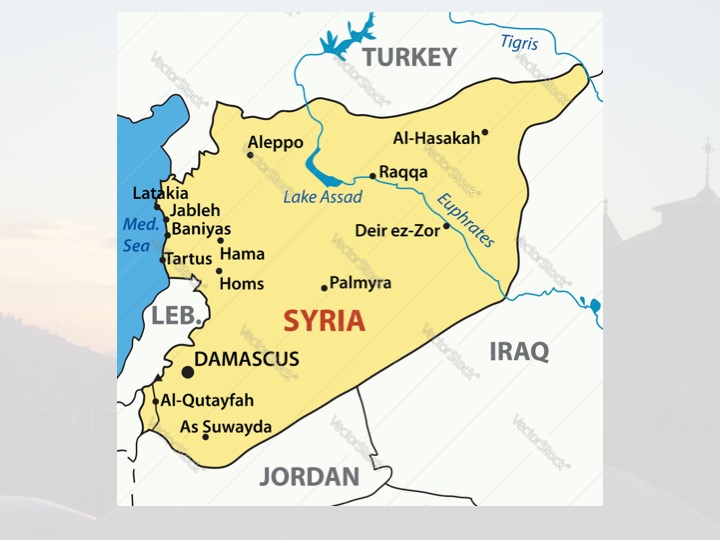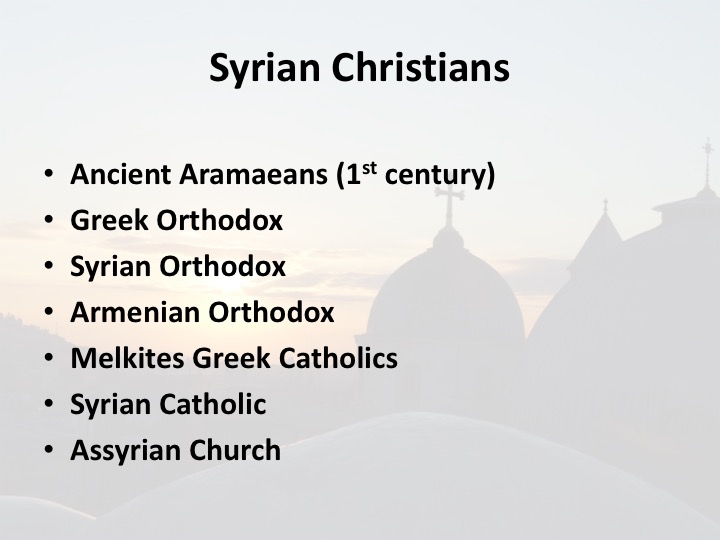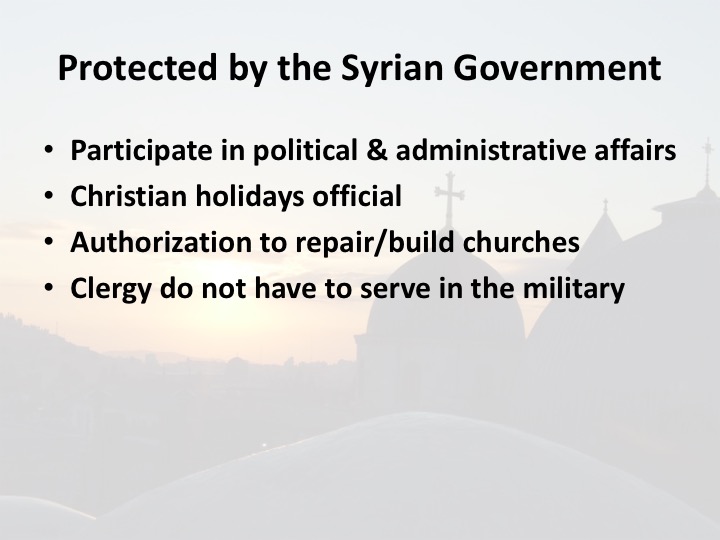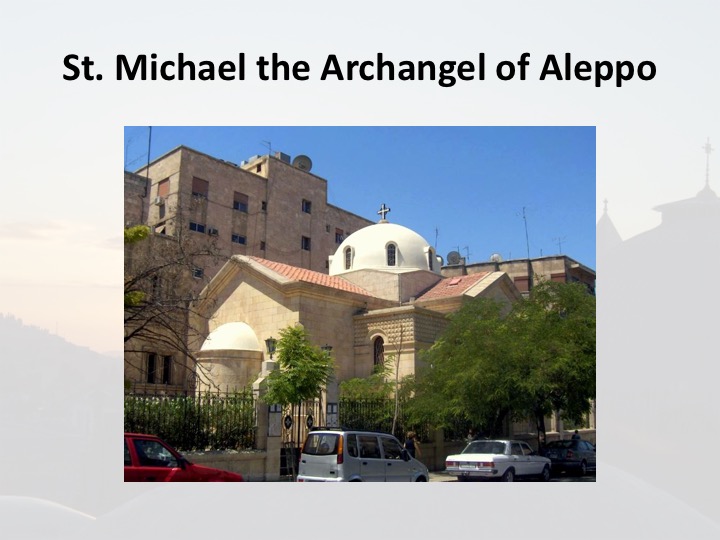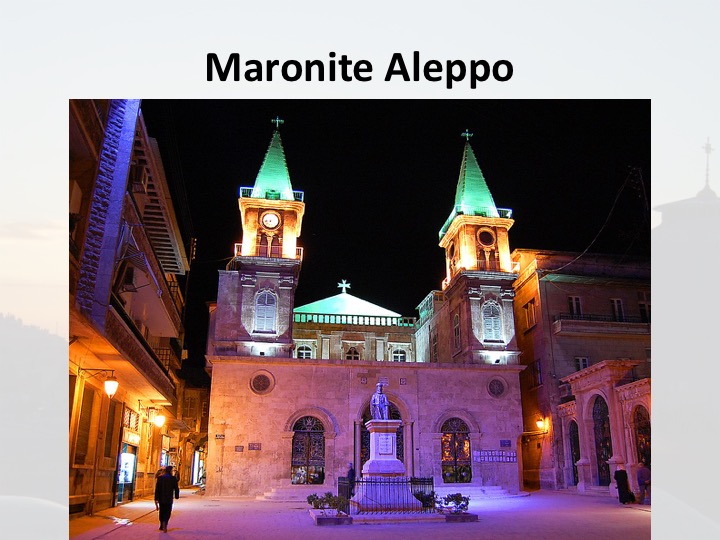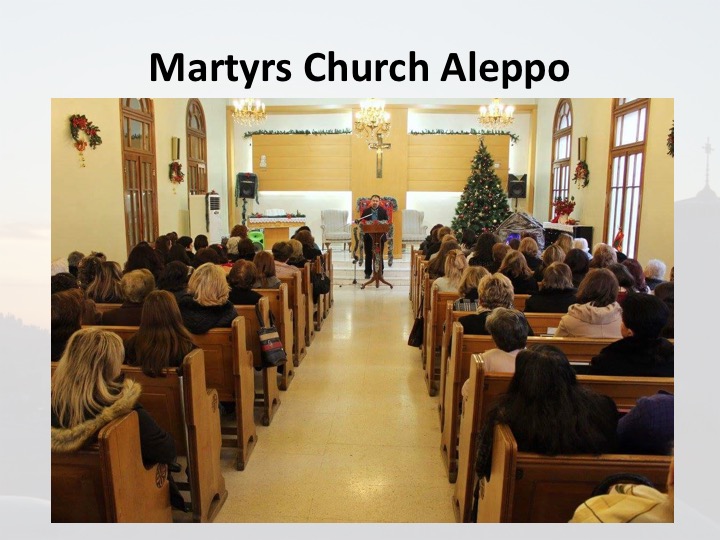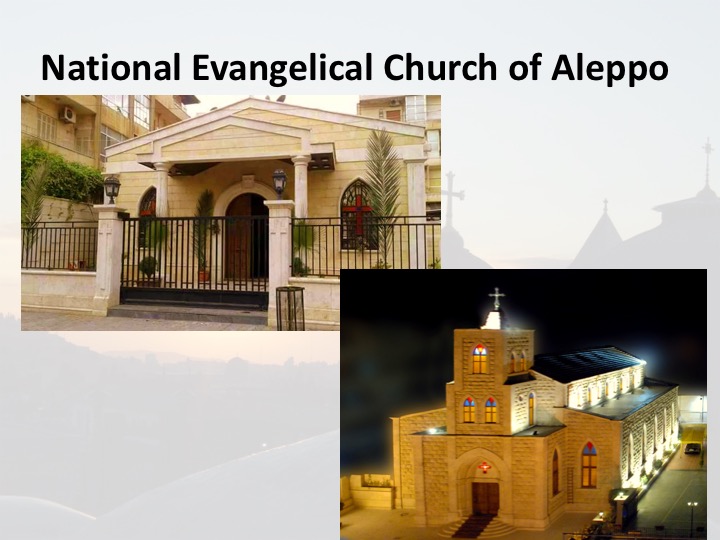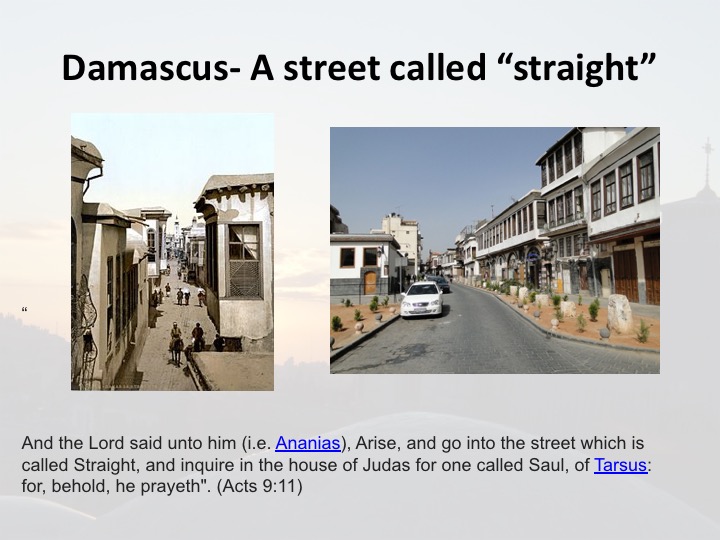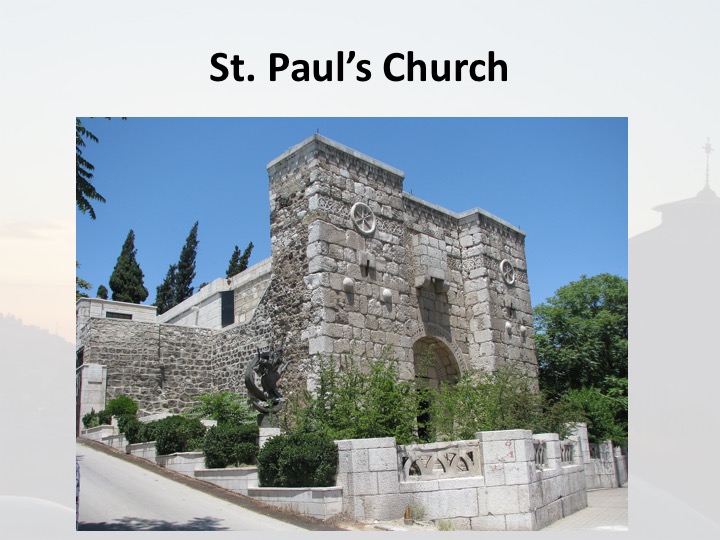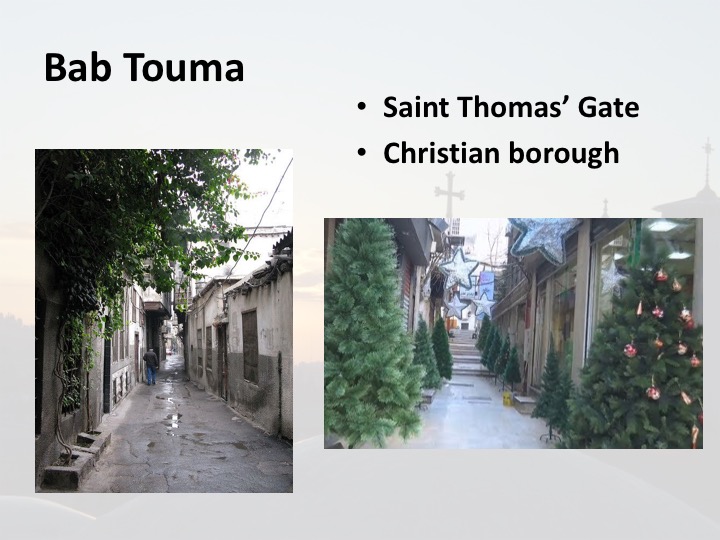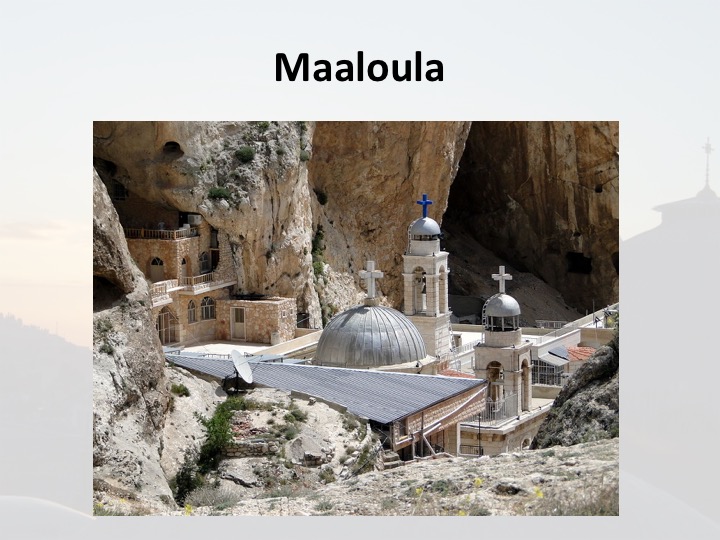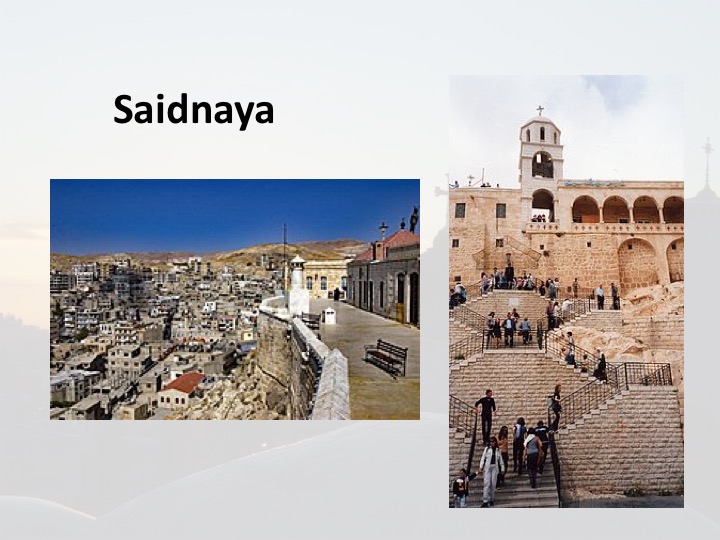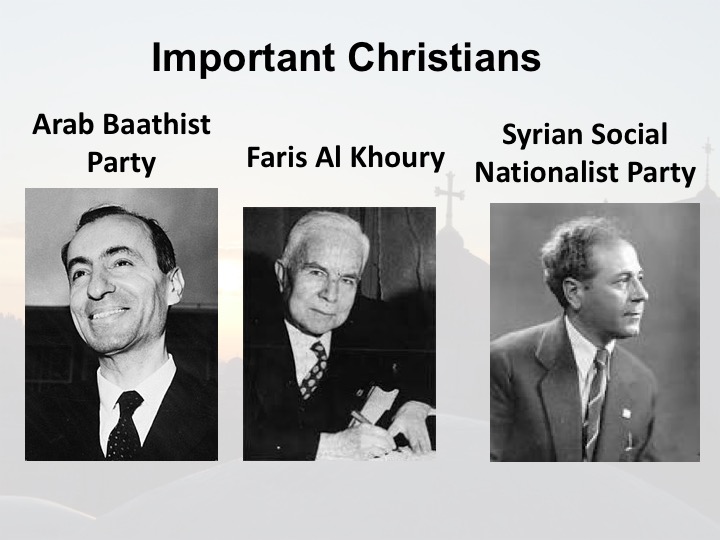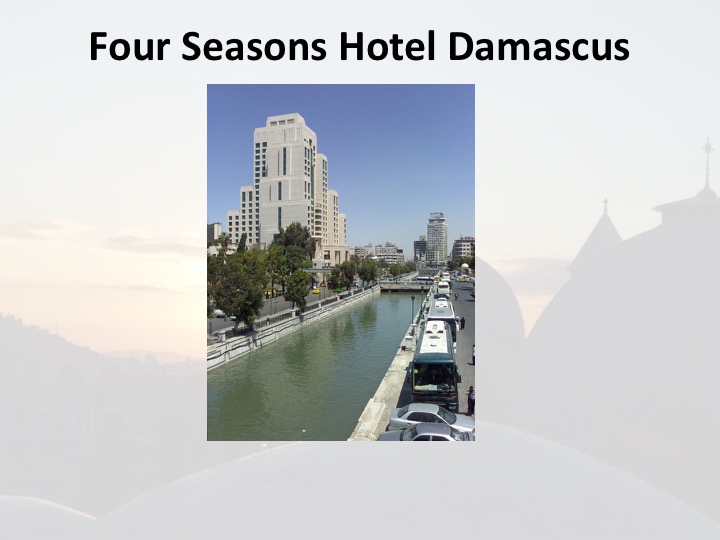Christians in the Holy Land - 1
Lebanon and Syria
We have a special treat the next three Sundays as one of our class members , Chris Abbyad, will present on a subject she knows a great deal about personally. Chris holds a PhD in Nursing from UT Austin and is an Associate Professor in the University of Texas School of Nursing. She previously taught for 6 years in the School of Nursing at the American University of Beirut, in Beirut, Lebanon.
You can hear Chris's presentation here:
Christians in the Holy Land
The Christians of the Holy Land have been a vibrant part of the
fabric of the Middle East and yet their numbers have been diminishing. Who are
these Christians and why are they called the “living stones?” This 3-part
series will discuss the Christian communities in Syria, Lebanon, Jordan, Iran,
Israel/Palestine, Iraq, and Egypt. Chris will be using as a guide the PCUSA
booklet “The Cradle of our Faith: The Enduring Witness of the Christians of
the Middle East”.
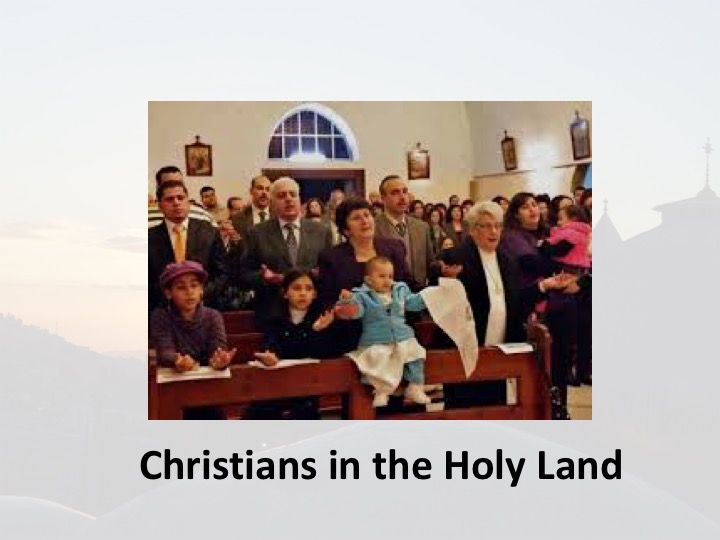
This is to remind you that the Christians of the Middle East look very much like us.
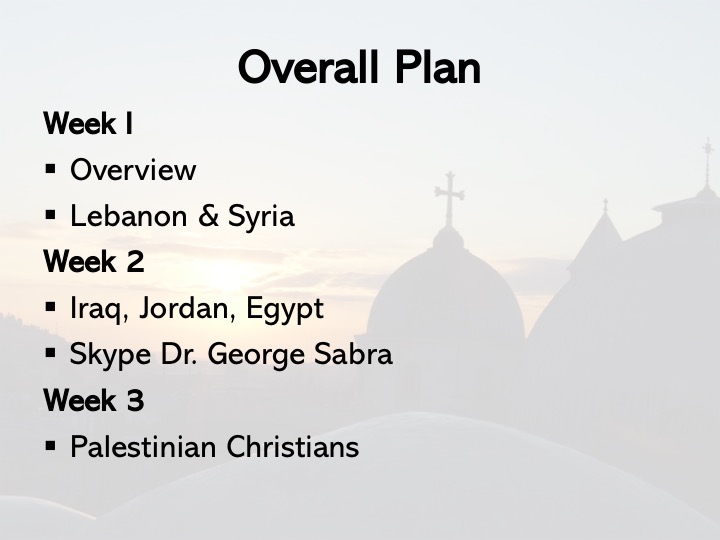
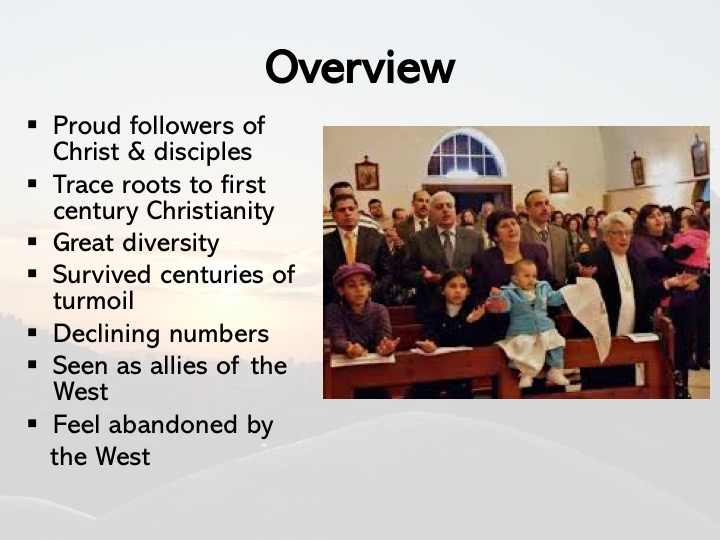
As a reminder there is a huge diversity in both sects and denominations among Christians in the Holy Lands. This can be very confusing to Christians in the West.
And there are declining numbers of christians due to political corruption, lack of opportunity, and safety.
Egypt is now down to 18 mllion christians. Syria down to 1.7 million.
Christians in Lebanon
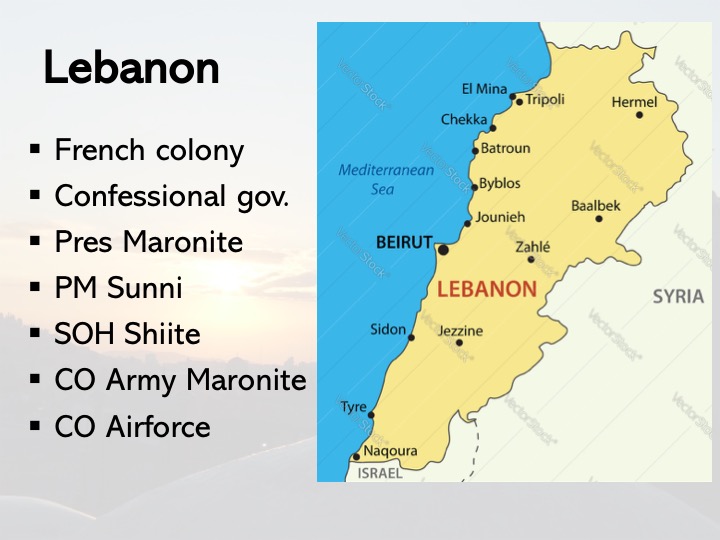
Lebanon is a tiny country - about 50 miles by 100 miles or 4000 square miles. At the end of WWI the middle east was divided up and Lebanon came under the French mandate. It was created as a Confessional government which I think you will find to be very interesting.
The 1943 National Pact, an unwritten agreement that established the political foundations of modern Lebanon, allocated political power on an essentially confessional system based on the 1932 census. Seats in parliament were divided on a 6-to-5 ratio of Christians to Muslims, until 1990 when the ratio changed to half and half. Positions in the government bureaucracy are allocated on a similar basis. The pact also by custom allocated public offices along religious lines, with the top three positions in the ruling "troika" distributed as follows:
The President, a Maronite Christian.
The Speaker of the Parliament, a Shi'a Muslim.
The Prime Minister, a Sunni Muslim.
Efforts to alter or abolish the confessional system of allocating power have been at the centre of Lebanese politics for decades. Those religious groups most favored by the 1943 formula sought to preserve it, while those who saw themselves at a disadvantage sought either to revise it after updating key demographic data or to abolish it entirely. Nonetheless, many of the provisions of the national pact were codified in the 1989 Ta'if Agreement, perpetuating sectarianism as a key element of Lebanese political life.
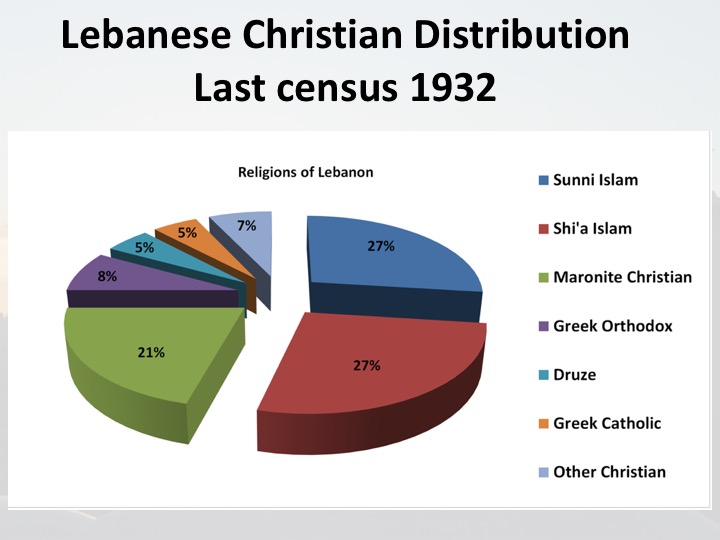
At that time Christians were 50%- Palestinians who were Christian given immediate citizenship
Today at best they are 40%
Lots
of intermarrying- Good friend Sunni married a Greek Orthodox Palestinian
emigrated to the US and sent her kids to Catholic Schools
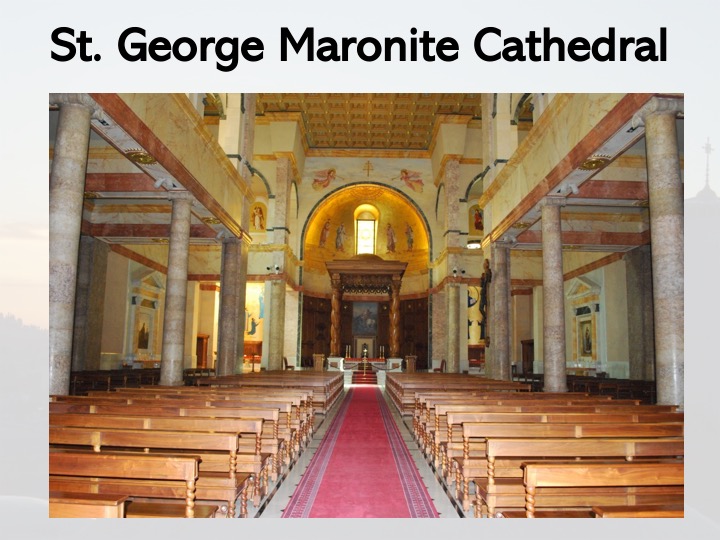
This is the St. George Maronite Cathedral
Every December, the historical churches of Beirut become a place to enjoy the concerts of Beirut Chants, a festival of classic, sacred and ethnic music. Founded in 2008, the festival quickly gathered audience and acclaim, becoming one of the Christmas season’s most anticipated highlights. Beirut Chants acts as a platform for local and international performers and orchestras, and spreads a message of peace, hope and tolerance among people from different backgrounds.
You may find it interesting that the Chant Program at Christmas, which requires funding because of all the musical talent involved is presented as a free event and is funded funded by by Lebanese Prime Minister Saad El-Din Rafik Al-Hariri - prominent Sunni Muslim.
St. Maron was a 4th century monastic Monk who with his follower were persecuted and so traveled from Antioch (the hub of Christianity) to Mount Lebanon.
When
he died his followers built a monastery and started the Maronite church. They
follow the Catholic tradition but have their own Patriarch
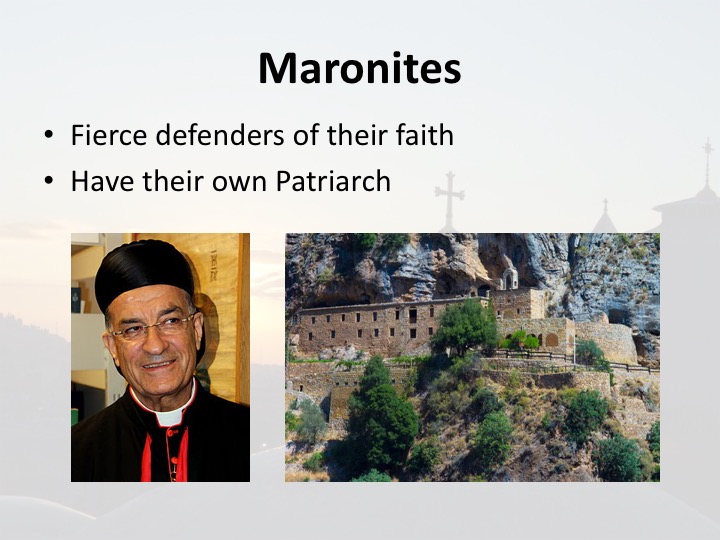
Maronites have always been fierce defenders of their faith. Civil war was started in part by the armed wing of the Maronite known as the Phalangists. They wanted to neutralize the Palestinians who were present in large numbers and arming themselves with the hope of returning to Palestine.
The Phalangists were some of the bloodiest and most ruthless of groups during the civil war.
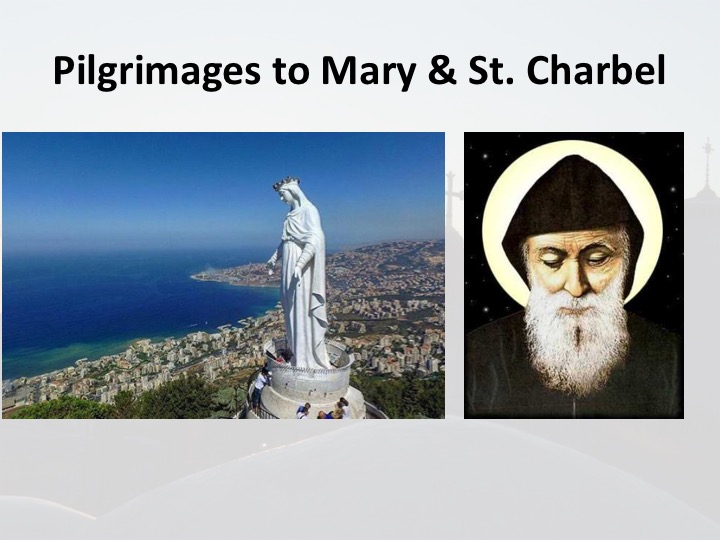
The Maronite Christians acknowledge the authority of the Pope and Mary the mother of Jesus was named the Queen of Lebanon by the Maronite Patriarch in 1908. This beautiful statue of Mary overlooks a harbor near Beirut and is constantly visited by pilgrims. Interestingly, even Muslim pilgrims.
Mary traveled with Jesus as his ministry took him to Tyre and Sidon.
Jesus first miracle, turning water into wine at Mary’s request at the wedding feast may have occurred in Qana southeast of Tyre in Lebanon.
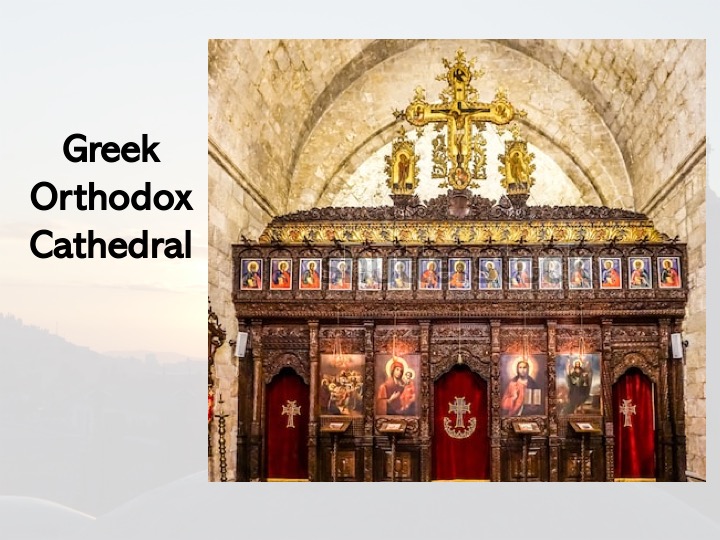
The Eastern (greek) Orthodox broke
with Rome in 1054 over claims of supremacy of the Roman Pope and became
established in Constantinople (Istanbul).
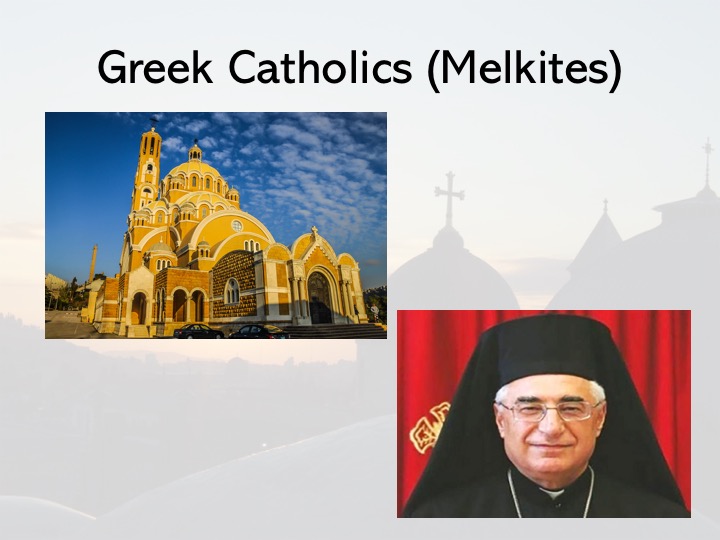
The Greek Catholics (Melkites) separated from the Greek Orthodox Church in mid 18th Century
Recognize the Pope in Rome. Follow an Eastern liturgy similar to the Greek Orthodox
SSNP
Syrian Social Nationalistic Party – advocated great Syria (Syria, Lebanon,
Iraq, Jordan, Palestine. social programs, liberty, discipline, national duty.
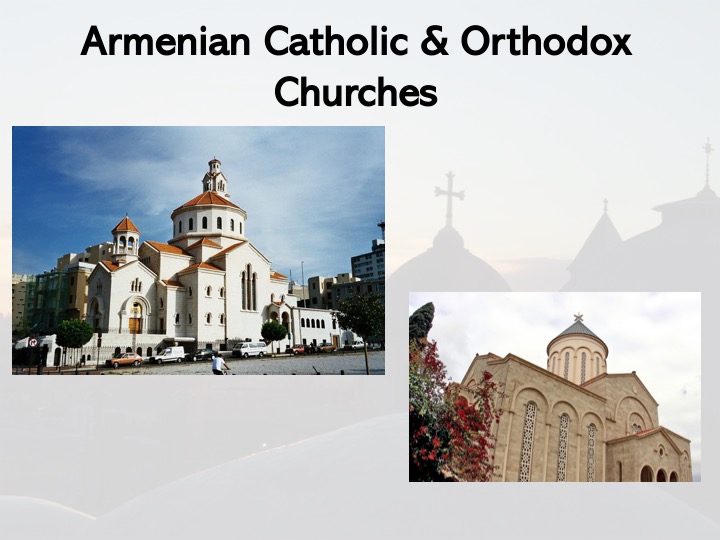
St. Elie and St. Gregory the Illuminator Armenian Catholic Cathedral in Beirut
Armenians were scattered across the Middle East following their genocide in Turkey where half of them perished
Lebanon is home to the 8th largest Armenian community worldwide.
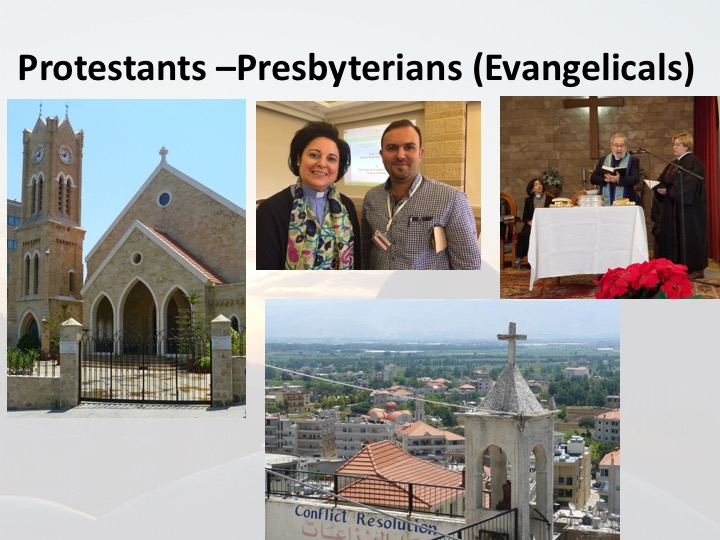
Multiple versions of Protestants. Episcopalians, Lutherans, Baptist, Seventh Day Adventists, Jehovah’s Witness.
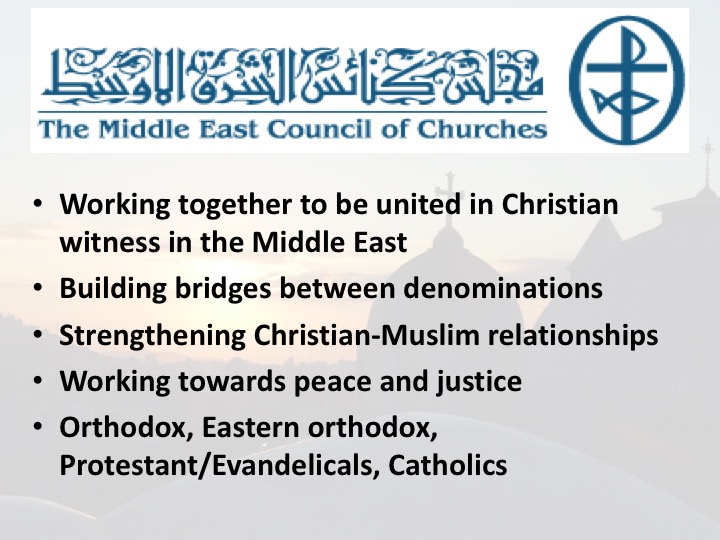
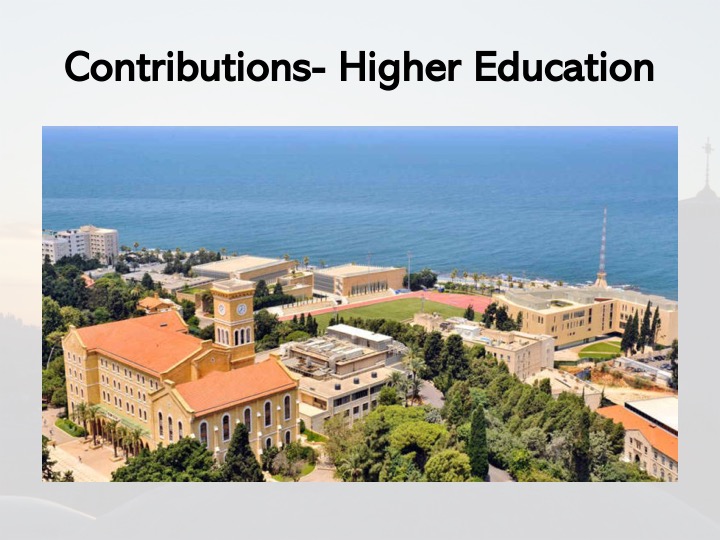
The American University of Beirut (AUB) was established by Presbyterian Missionaries in 1863 chartered under the state of New York. Considered one of the top universities in the Middle East.
Gorgeous chapel & stained glass window. One of only 2 pipe organs in Lebanon.
President of AUB is a Christian.
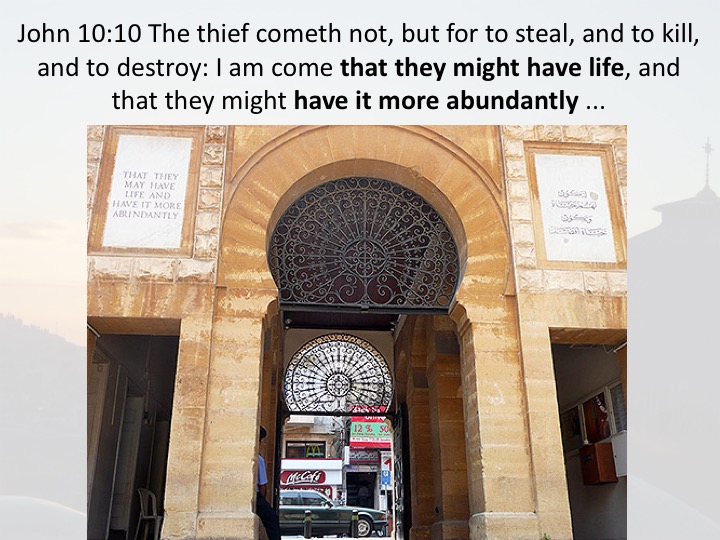
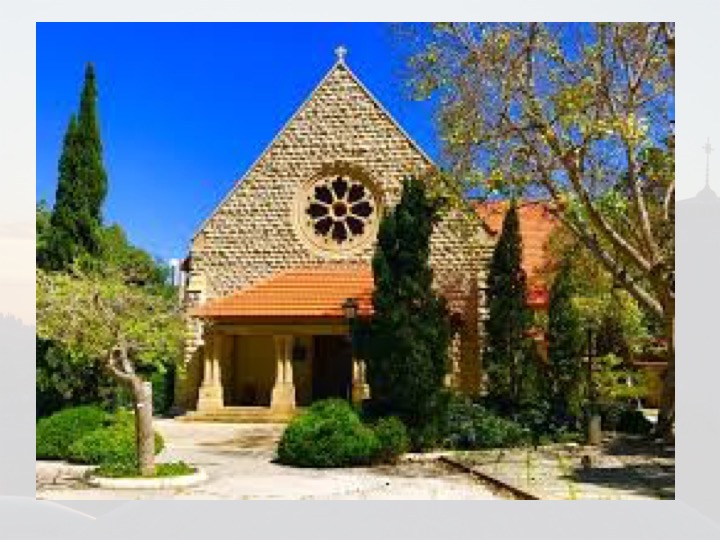
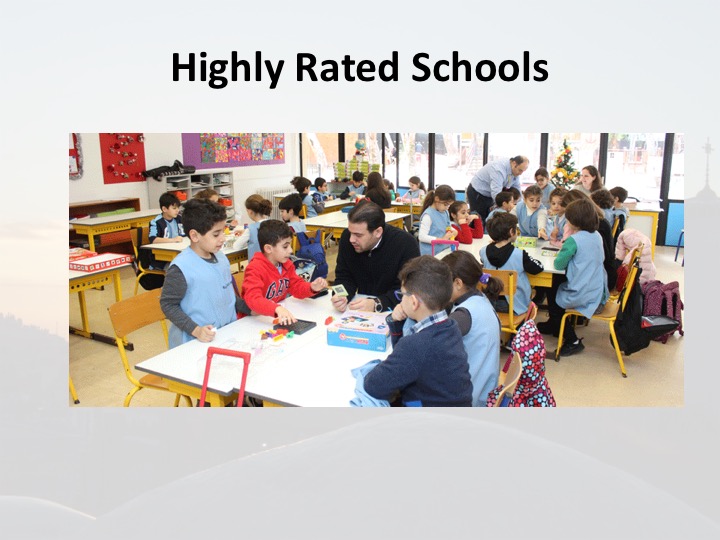

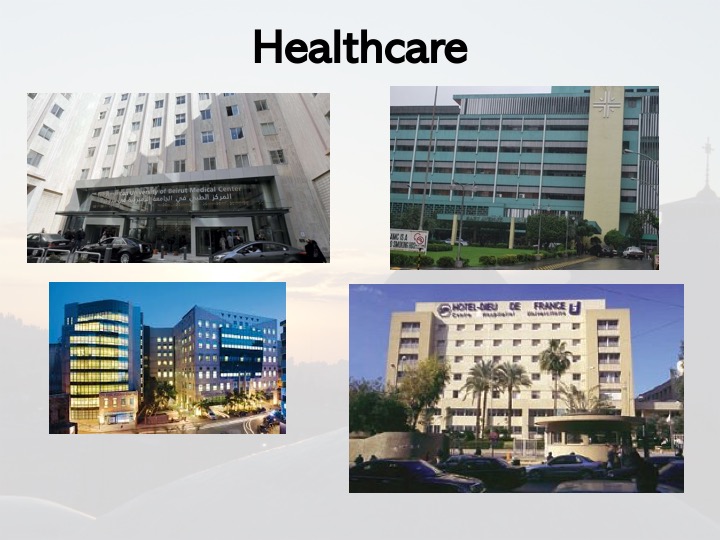
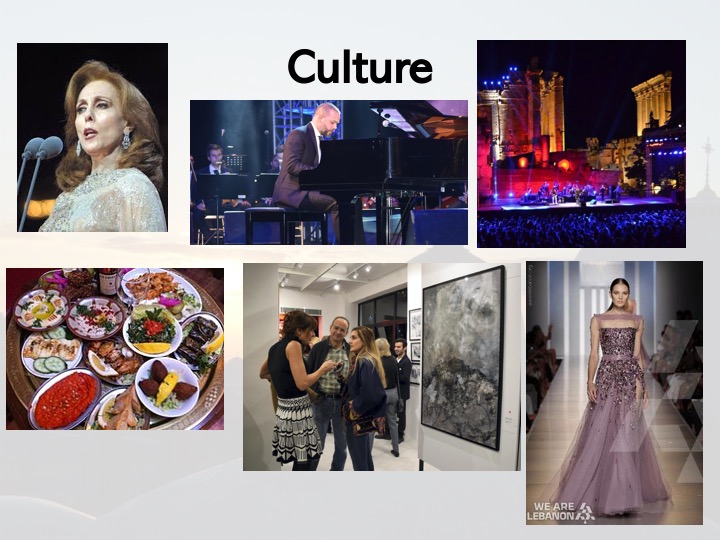
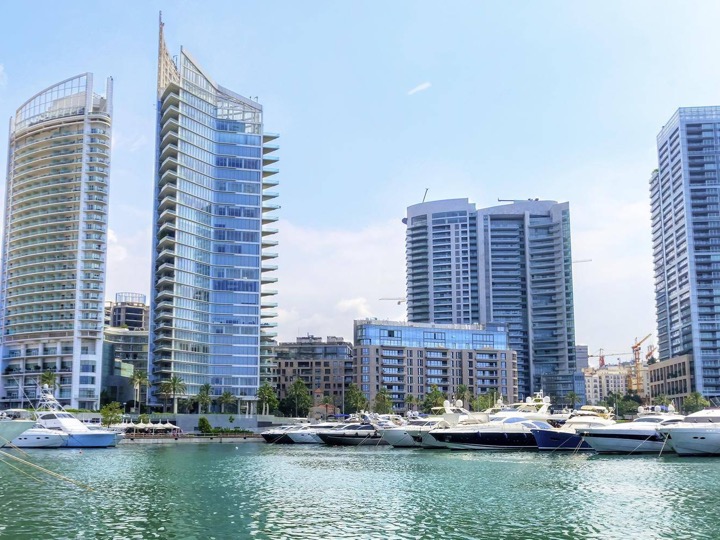
Christians in Turkey
